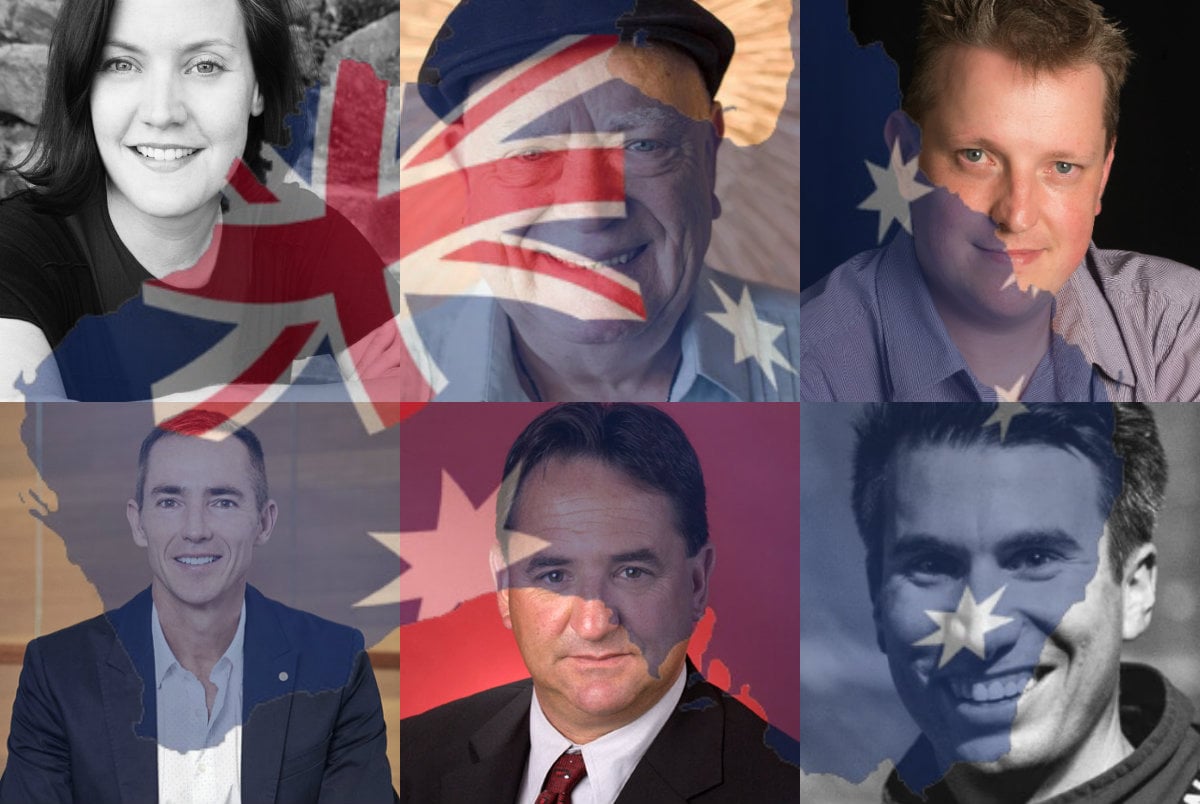EXCLUSIVE: Music industry reacts to “play more, pay less” proposal for more new Aussie music on commercial radio

WA Labor Senator Glenn Sterle recently delivered a speech to the National Senate in Canberra which addressed the issue of Australian music quotas on commercial radio.
His suggestion?
That Malcolm Turnbull and minister for the arts Mitch Fifield should make changes to commercial radio licensing fees on the proviso that radio “must and only play new Australian music.”
“The more you play, the less you pay,” he quipped.
“Senator Glenn Sterle is a real dinkum Aussie,” enthused industry stalwart, Michael Chugg.
“It’s not a bad idea, that if the radio stations play more Australian music they get discounts off the licence fees they pay to the Government.”
Chugg believes that given the competition presented by streaming platforms, decreased licensing fees would be a welcome change. “I know a few stations who could use the bucks.
“As long as the artists still get paid the royalty for being played on air – and they actually do get played – it would be a win-win for our bands, artists, songwriters and the local music industry as a whole.
“I’m sure APRA and PPCA would be all over it to make sure everyone is held accountable.”
Concern from many in the music industry around the way Australian music quotas are met echos in airplay data and, as a result, the ARIA Charts.
Last year, no Australian artist had a #1 song in the ARIA Singles Chart.
At one point there were more songs featuring Justin Bieber than local acts in the Singles Chart Top 20.
As Senator Sterle pointed out, May saw seven times more Post Malone songs in the Top 40 of the ARIA Singles Chart than Australian artists (14 tracks of a total 17 in the Top 50).
What does the code say?
Under Section 5 of the Commercial Radio Code of Practice, stations with a contemporary hit radio format are required to play no less than 25% Australian music between 6am and midnight.
Of this, 25% of the total Australian performances broadcast must qualify as New Australian Performances, defined in the Code as a musical item which has been on sale in Australia for a period not exceeding 12 months from its first release date.
“It’s one thing to blame radio,” says SGC Media CEO Stephen Green, “but they get away with playing international artists because people are content to listen to whatever’s being served up and it’s easy for radio to use something that’s already been road tested on an audience elsewhere.”
What’s actually played?
TMN crunched some airplay data from AirCheck and found that Sydney’s Nova 969 played just 22.08% Australian music from 6am to midnight between Monday, June 11 to Sunday, June 17.
Given the competitiveness of commercial hit radio, the New Australian Music component of the quota does pose a difficult task for programmers – take a punt on an unknown artist, or play the latest release by a known act?
Reflecting this challenge, Amy Shark, Conrad Sewell and 5SOS tracks accounted for 44.92% of New Australian Music spins by Nova.
“It doesn’t start and end with playlist choices; it’s a complete lack of acknowledgement by both radio and by the public that new Australian music is important,” says Green.
“Having the light shone on how little Australian music is on the radio and in the charts is the first step, and through opening up the broader conversation hopefully we can start fully understanding that this is a very complex problem.”
Jaddan Comerford, CEO of UNIFIED Music Group says that “for the acts we work with that do get significant commercial play, we see it makes a dramatic positive impact on their careers.
“Obviously we’d love even more Australian artists to have access to that exposure. We understand radio has a business, but if there’s a way to work closer together to break more Australian acts, then let’s do it”.
“We need a suite of solutions that at the heart of them all needs to be recognition that music tells our nation’s story,” Green adds.
“It’s at least heartening that we are finally realising that we’re currently letting that story be written by Post Malone.”
What can be done?
Dean Ormston, CEO of APRA AMCOS told the ABC in March that there is no way to force commercial radio to play Australian music – or new Australian music for that matter – during popular times of day.
“I think that is a difficult one,” he told the ABC.
“There is nothing currently in the code that would allow us to go back to the CRA and say, ‘That’s not okay’.”
Speaking to TMN, Ormston adds: “We’re continuing to work with Commercial Radio Australia and ARIA to monitor the levels of Australian content on a station-by-station basis.
“It’s incredibly important to ensure there’s space and opportunities for a variety of local artists to be aired on commercial radio, in particular on the big metro stations – it’s an absolute game-changer for artists.”
Green says that commercial stations are “happy to take the easy way out”.
“What’s not so easy is to stand up for Australian culture and help create a musical fabric for our country that reflects who we are, not who Americans are.
Leanne De Souza adds that the Association of Artist Managers – while applauding Senator Sterle’s support for Australian music play – think the proposal “feels a little isolated” and without a clear game plan for how it could be implemented or enforced.
“It will be interesting to see what transpires beyond this lone voice.”






























